Published: February 27, 2018
It’s fun! It’s exciting! It’s important to take everything with a grain of salt!
Oh, let’s just admit it, shall we? Browsing for homes online is a window shopper’s Shangri-La. The elegantly decorated rooms, the sculpted gardens, the colorful front doors that just pop with those “come hither” hues.
Browser beware, though: Those listings may be seductive, but they might not be giving you the complete picture.
That perfect split-level ranch? Might be too close to a loud, traffic-choked street. That handsome colonial with the light-filled photos? Might be hiding some super icky plumbing problems. That attractively priced condo? Miiiight not actually be for sale. Imagine your despair when, after driving across town to see your dream home, you realize it was sold.
So let’s practice some self-care, shall we, and set our expectations appropriately.
- Step one, fill out our home buyer’s worksheet. The worksheet helps you understand what you’re looking for.
- Step two, with that worksheet and knowledge in hand, start browsing for homes. As you do, keep in mind exactly what that tool can, and can’t, do. Here’s how.
You Keep Current. Your Property Site Should, Too
First things first: You wouldn’t read last month’s Vanity Fair for the latest cafe society gossip, right? So you shouldn’t browse property sites that show old listings.
Get the latest listings from realtor.com®, which pulls its information every 15 minutes from the {{ start_tip 71 }}Multiple Listing Service (MLS),{{ end_tip }} regional databases where real estate agents post listings for sale. That means that realtor.com®’s listings are more accurate than some others, like Zillow and Trulia, which may update less often. You wouldn’t want to get your heart a flutter for a house that’s already off the market.
BTW, there are other property listing sites as well, including Redfin, which is a brokerage and therefore also relies on relationships with brokers and MLSs for listings.
The Best Properties Aren’t Always the Best Looking
A picture, they say, is worth a thousand words. But what they don’t say is a picture can also hide a thousand cracked floorboards, busted boilers, and leaky pipes. So while it’s natural to focus on photos while browsing, make sure to also consider the property description and other key features.
Each realtor.com® listing, for example, has a “property details” section that may specify important information such as the year the home was built, price per square foot, and how many days the property has been on the market.
Ultimately though, ask your real estate agent to help you interpret what you find. The best agents have hyper-local knowledge of the market and may even know details and histories of some properties. If a listing seems too good to be true, your agent will likely know why.
Explore More Topics:
Find an Agent & View Homes
Buy a Home: Step-by-Step
Treat Your Agent Like Your Bestie
At the end of the day, property sites are like CliffsNotes for a neighborhood: They show you active listings, sold properties, home prices, and sales histories. All that data will give you a working knowledge, but it won’t be exhaustive.
To assess all of this information — and gather facts about any home you’re eyeing, like how far the local elementary school is from the house or where the closest Soul Cycle is — talk to your real estate agent. An agent who can paint a picture of the neighborhood is an asset.
An agent who can go beyond that and deliver the dish on specific properties is a true friend indeed, more likely to guide you away from homes with hidden problems, and more likely to save you the time of visiting a random listing (when you could otherwise be in the park playing with your canine bestie).
Want to go deeper? Consider these sites and sources:
- School ratings: Data from GreatSchools.org and the National Center for Education Statistics, and the school district’s website
- Crime rates and statistics: CrimeReports.com, NeighborhoodScout.com, SpotCrime.com, and the local police station
- Walkability and public transportation: WalkScore.com and APTA.com
- Hospital ratings: HealthInsight.org, LeapfrogGroup.org, and U.S. News and World Report rankings
Just remember: You’re probably not going to find that “perfect home” while browsing listings on your smartphone. Instead, consider the online shopping experience to be an amuse bouche to the home-buying entree — a good way for you to get a taste of the different types of homes that are available and a general idea of what else is out there.
Once you’ve spent that time online, you’ll be ready to share what you’ve learned with an agent.

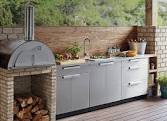


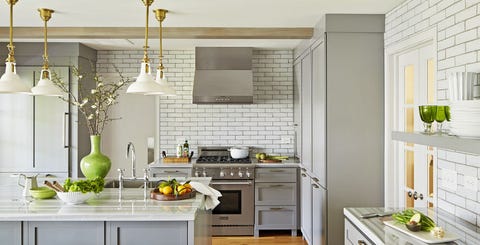
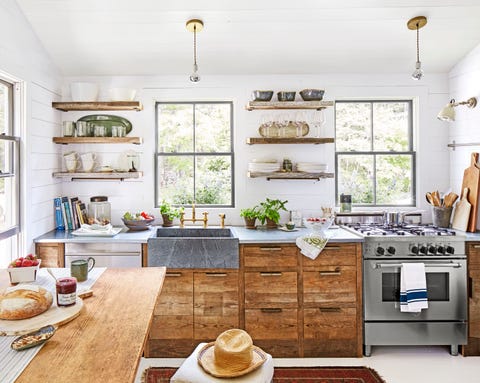

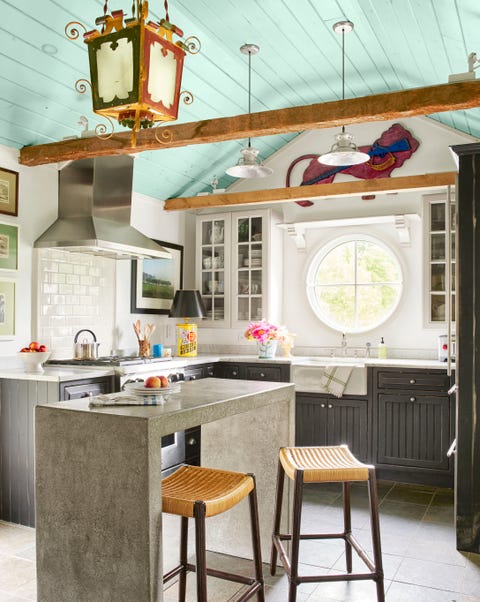




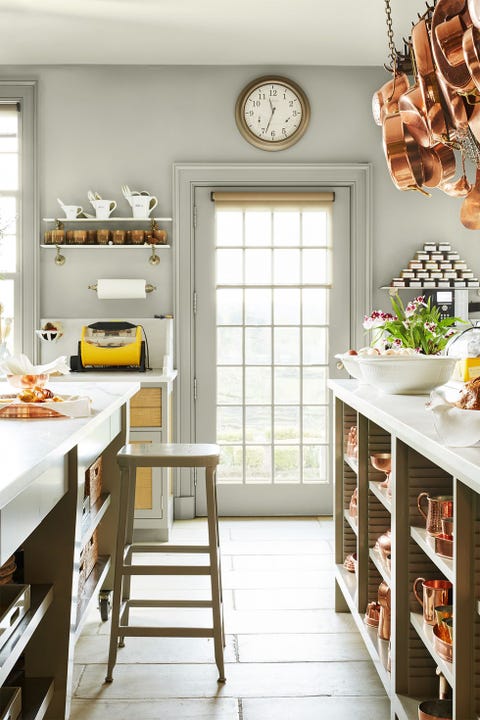
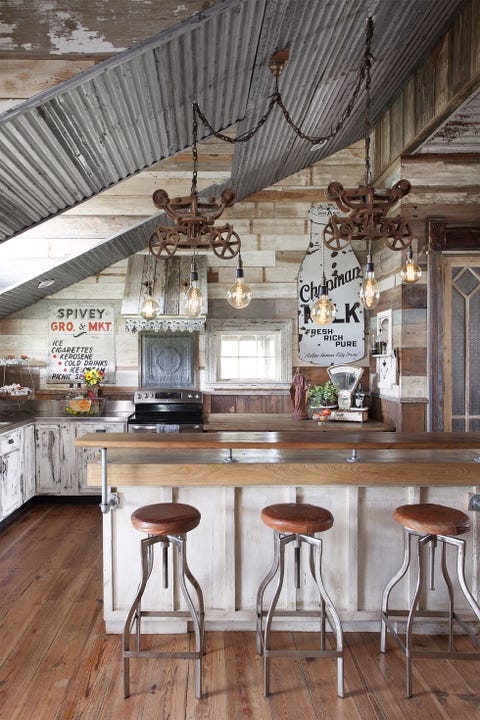
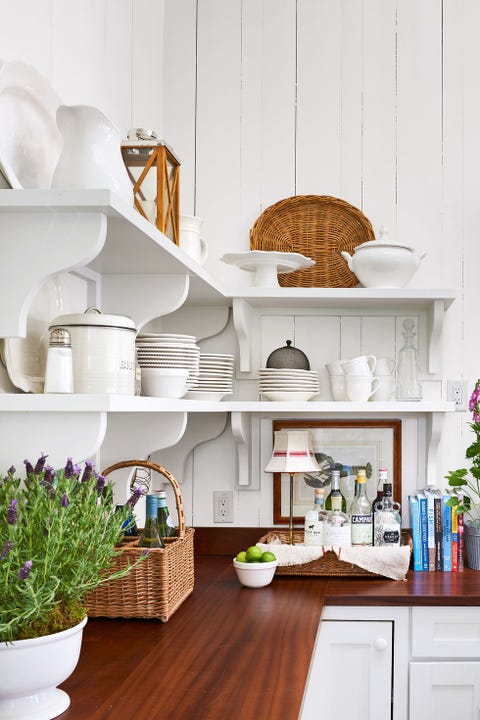

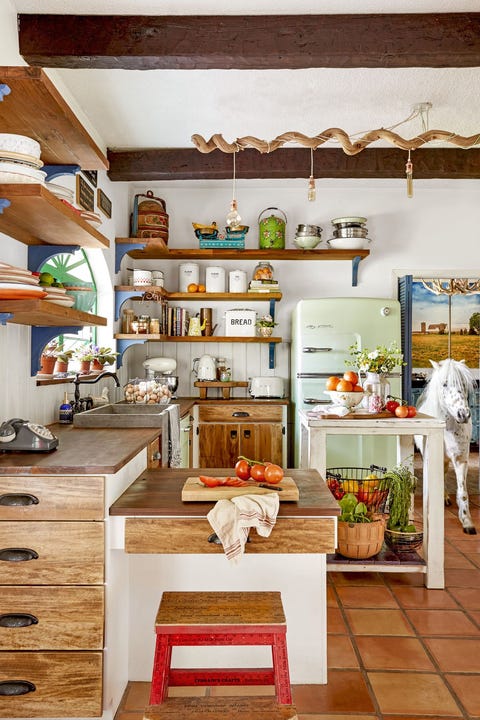


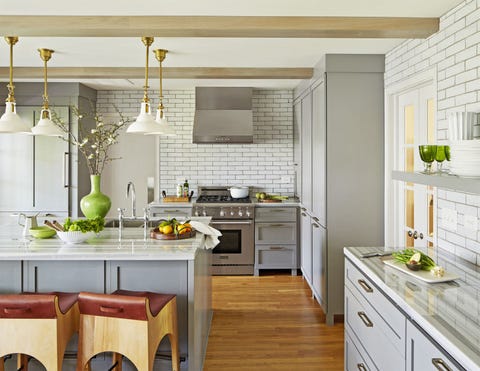
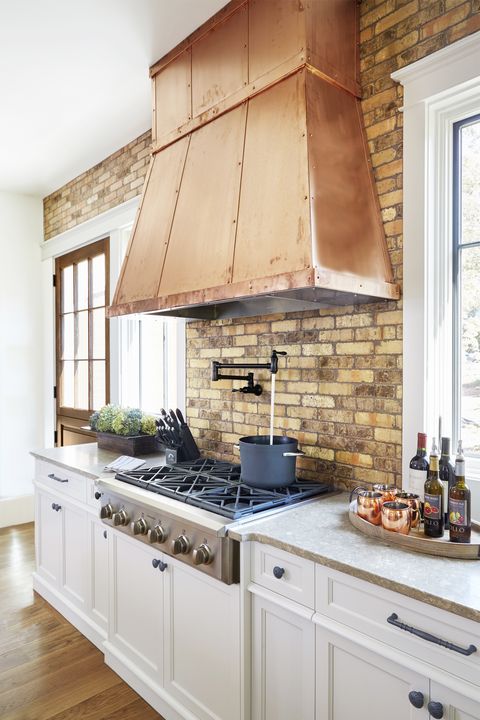

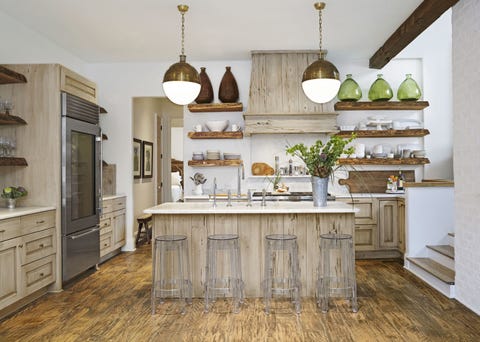


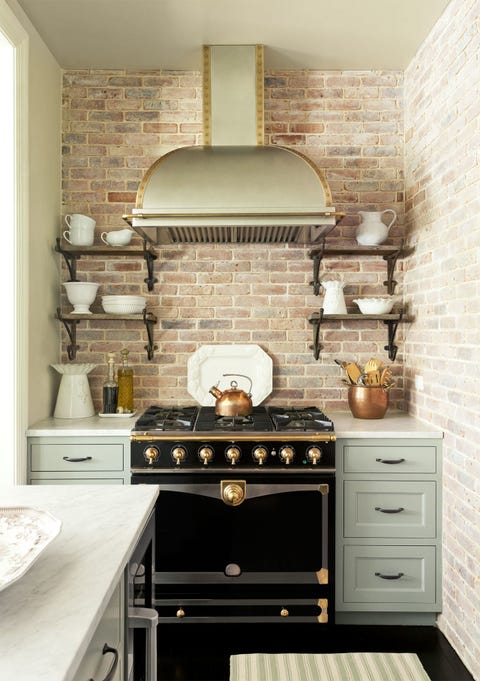
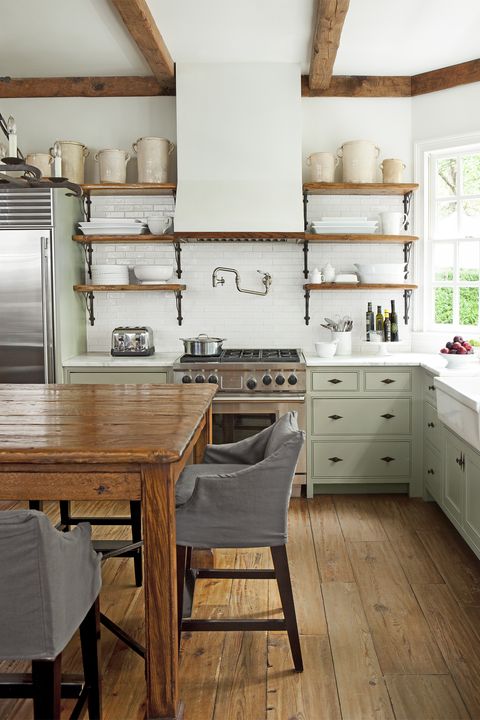
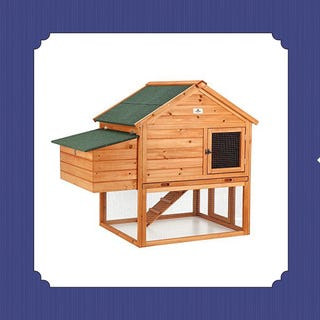
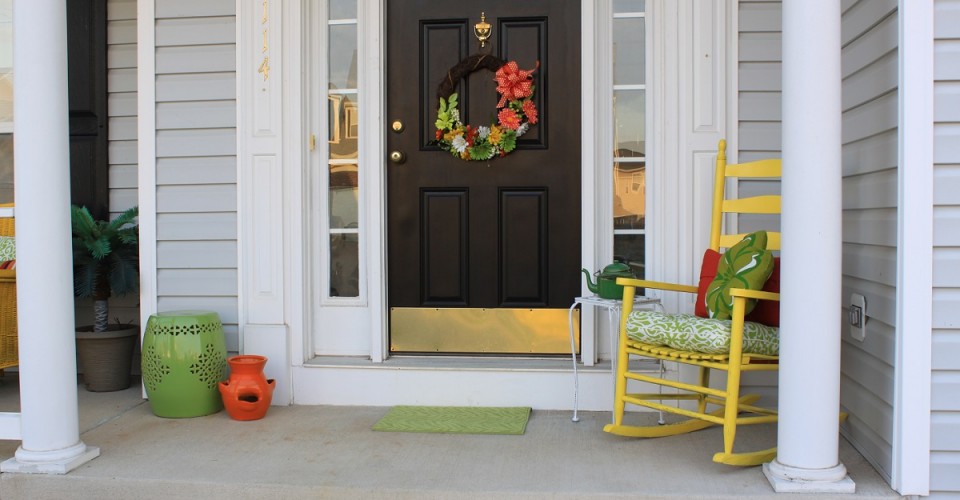
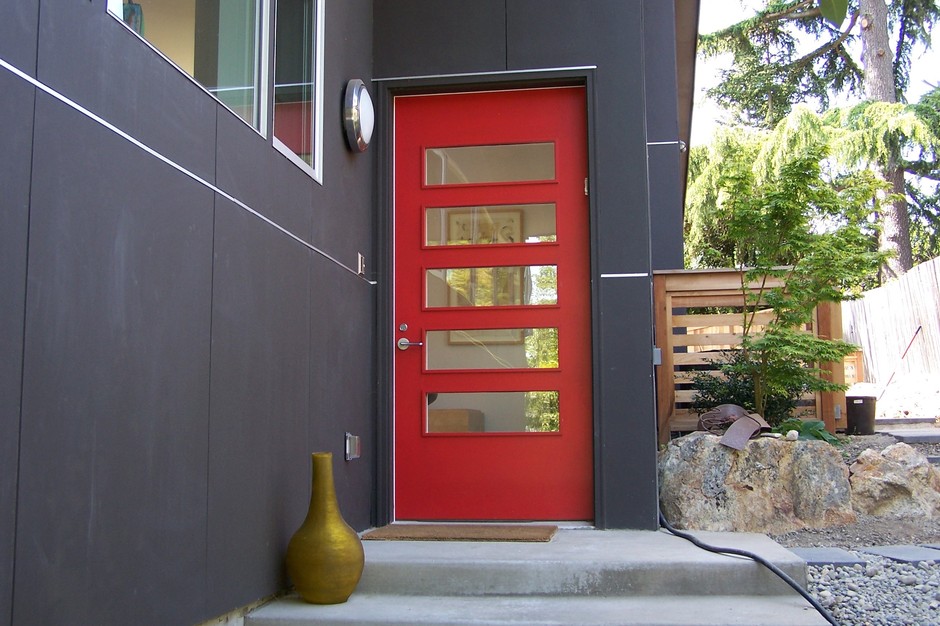
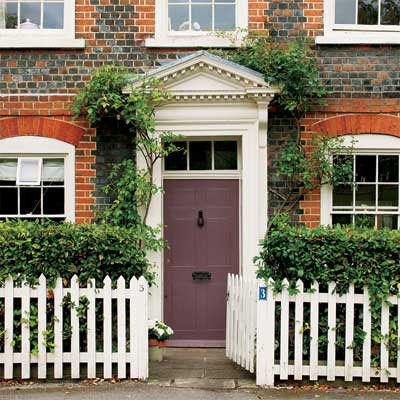

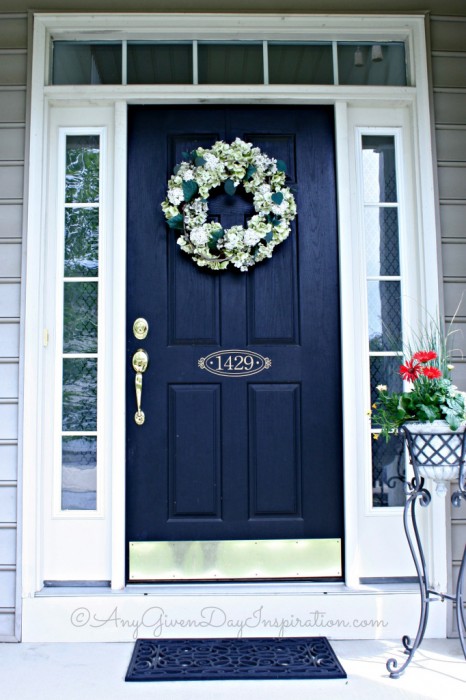
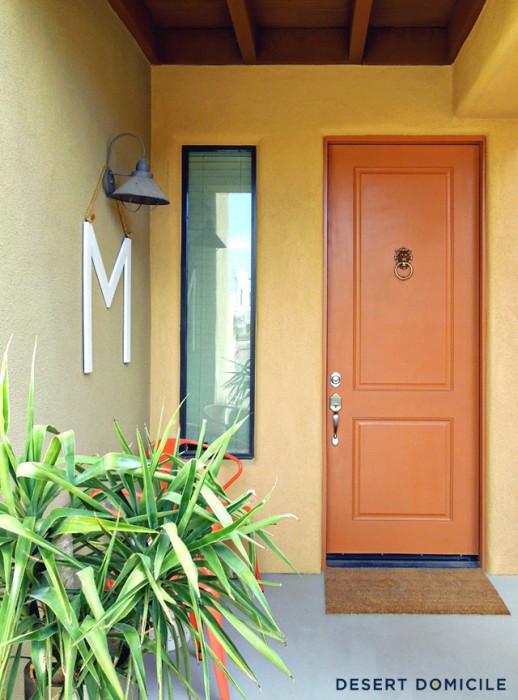
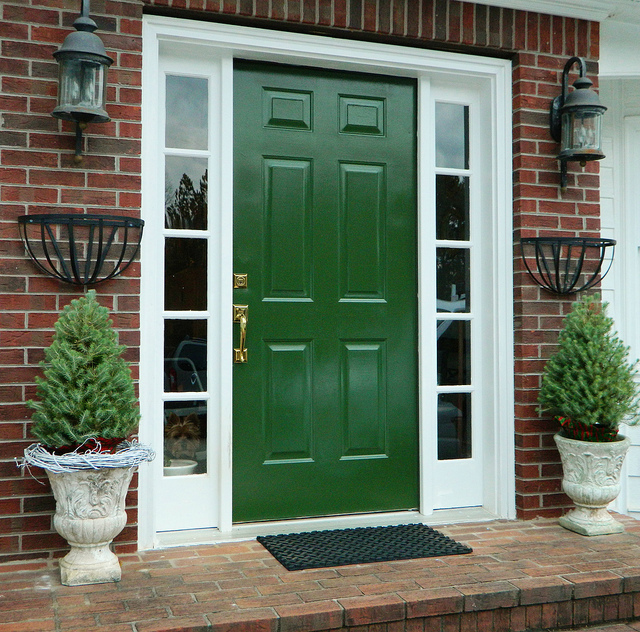
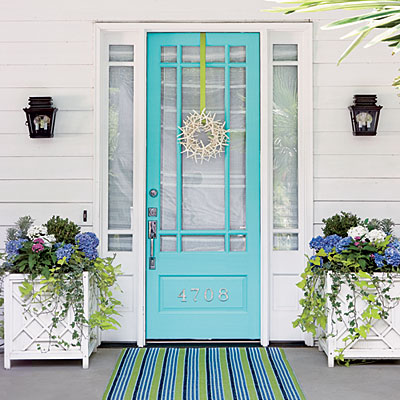
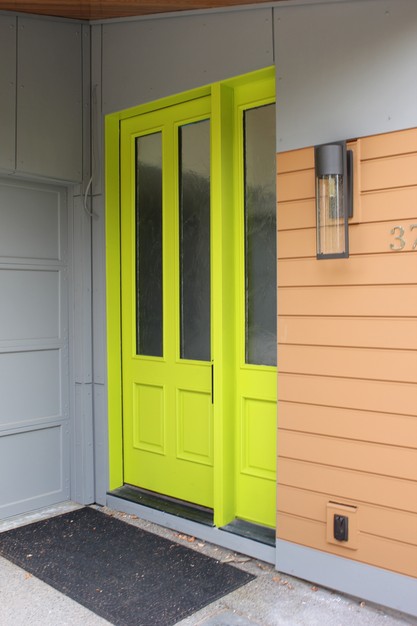
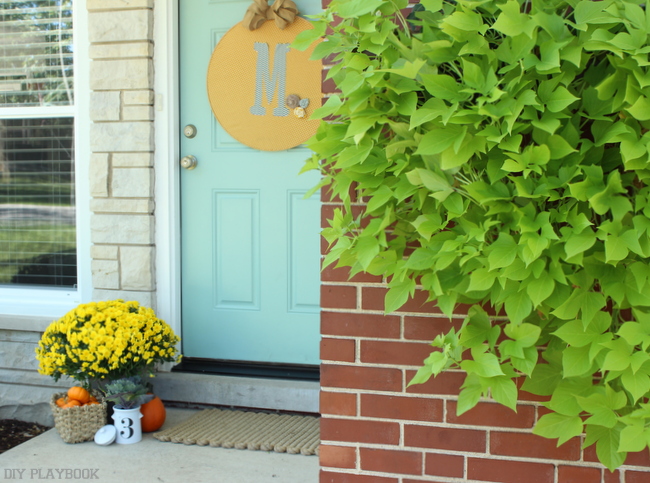
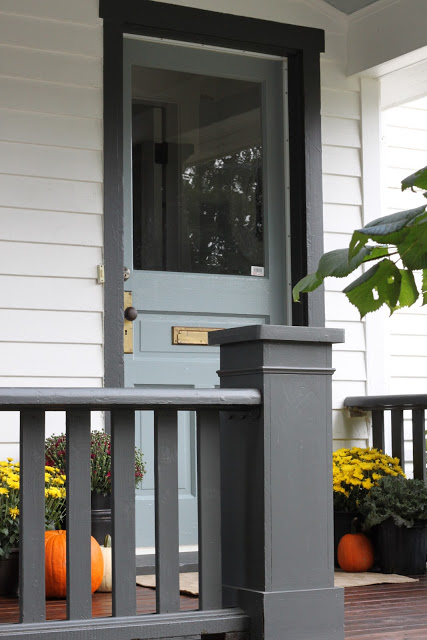
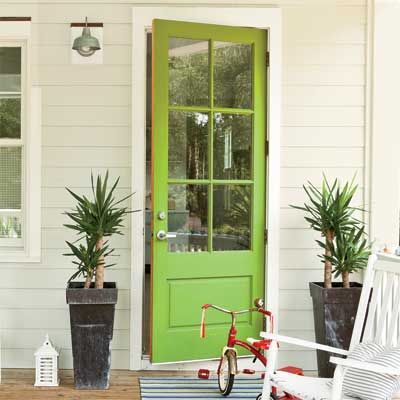






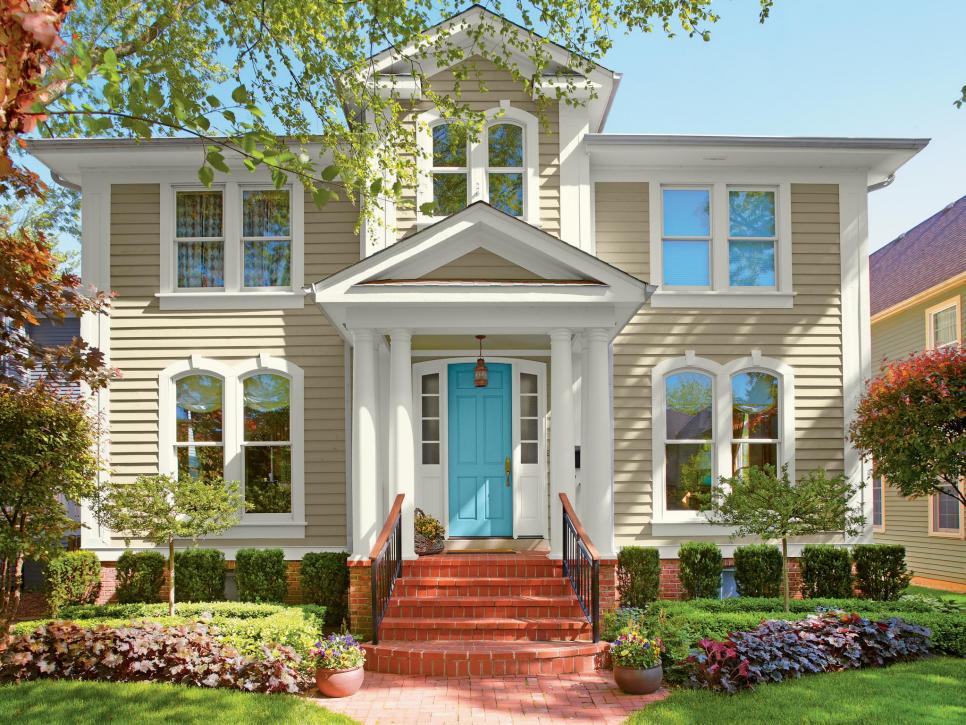
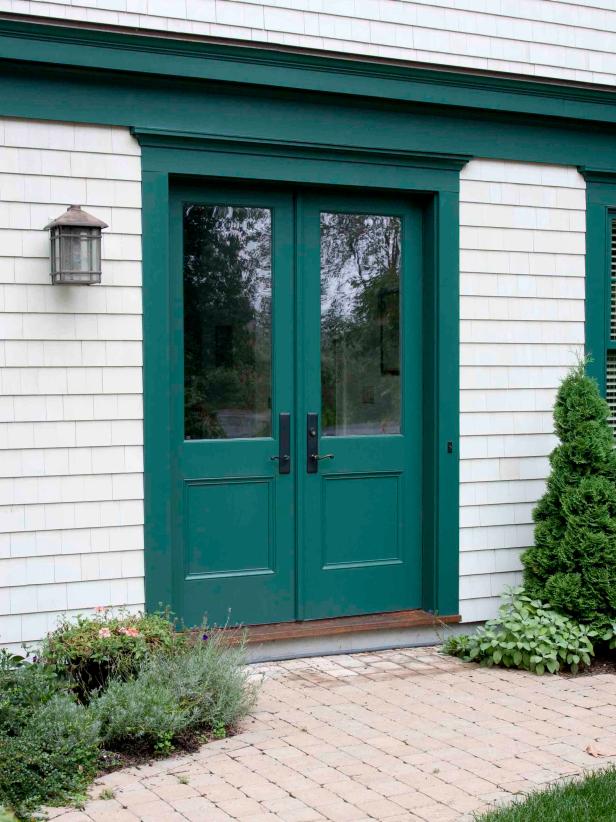
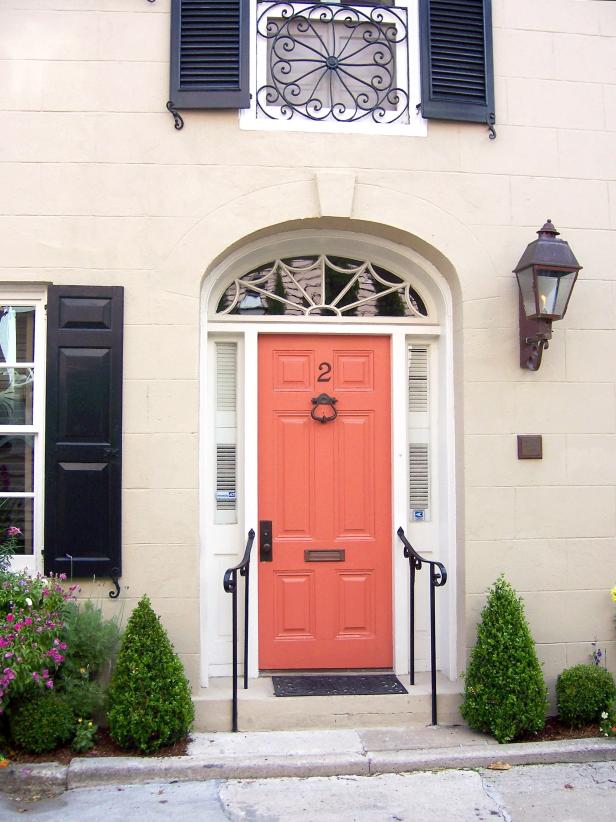
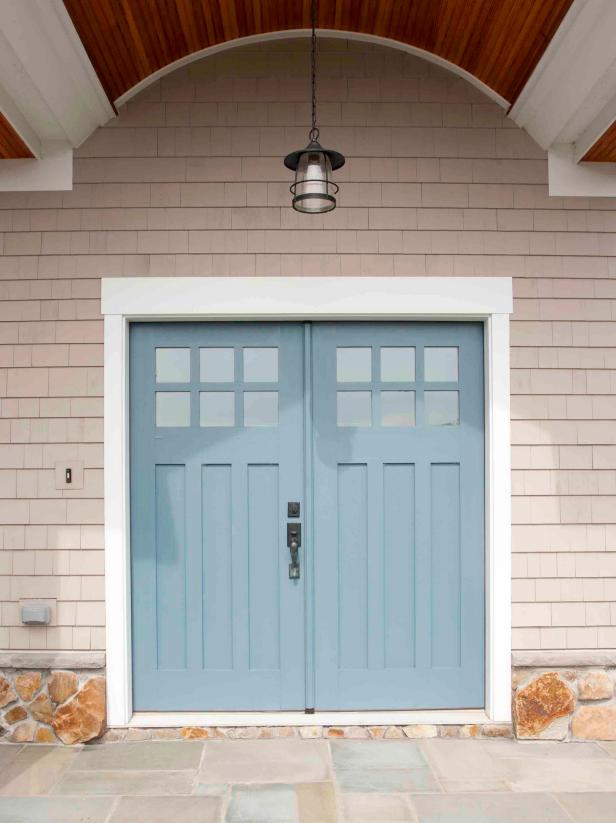






×